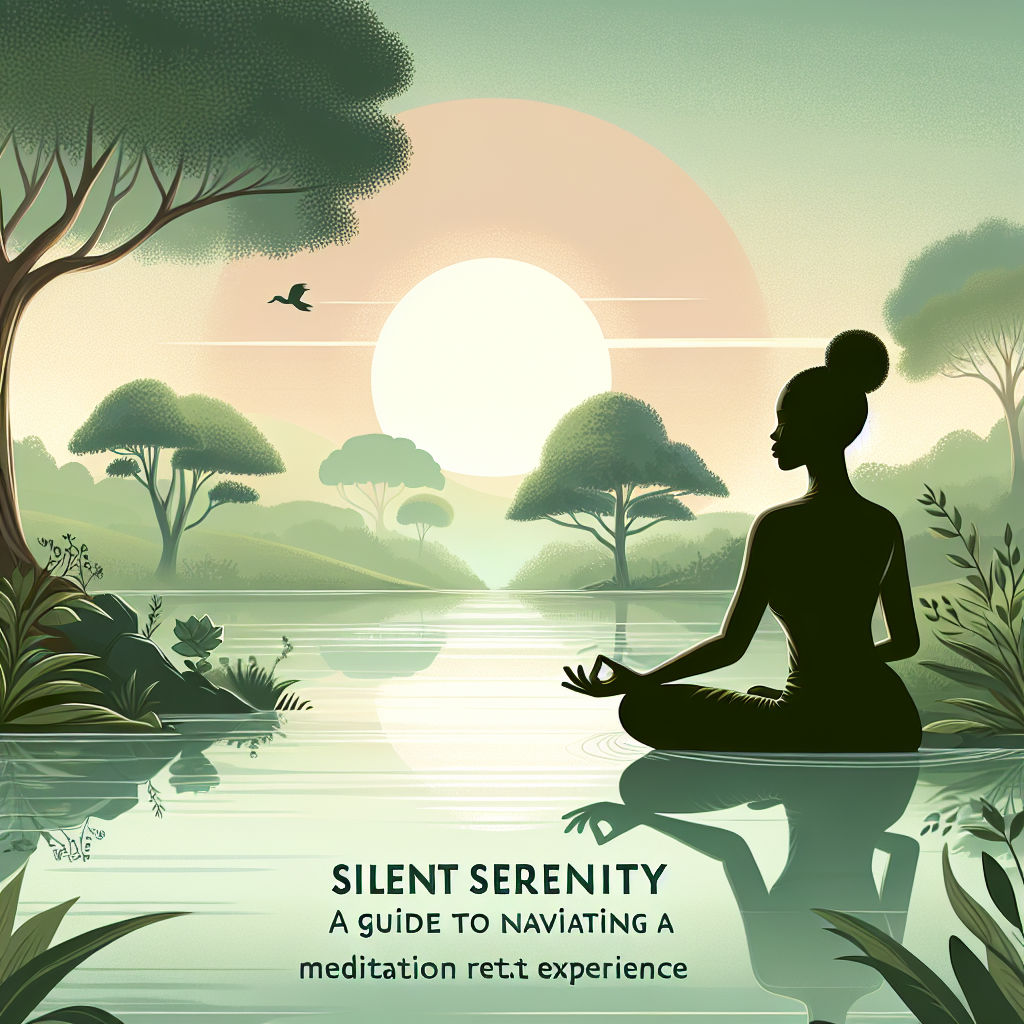meditation is a powerful tool for improving mental clarity, reducing stress, and promoting overall wellbeing. However, achieving a deep and effective meditation practice requires more than just sitting still and closing your eyes. One important factor that can greatly impact the success of your meditation sessions is your posture. Proper alignment and posture can help you achieve a more focused and relaxed state of mind, allowing you to fully enjoy the benefits of meditation.
In this article, we will explore some tips and techniques for mastering your meditation posture, so you can get the most out of your practice.
1. Find a Comfortable Seat
One of the most important aspects of your meditation posture is finding a comfortable seat. Whether you choose to sit on the floor, a cushion, or a chair, make sure that your seat allows you to sit up straight without straining your back or neck. Experiment with different seating options to find the one that works best for you.
2. Align Your Spine
Once you have found a comfortable seat, focus on aligning your spine. Sit up straight with your shoulders relaxed and your head in line with your spine. Avoid slouching or leaning forward, as this can cause tension in your back and neck.
3. Relax Your Shoulders
Many people carry tension in their shoulders, which can make it difficult to relax during meditation. To help release this tension, roll your shoulders back and down, allowing them to relax away from your ears. This will help open up your chest and allow for deep, diaphragmatic breathing.
4. Engage Your Core
Engaging your core muscles can help support your spine and improve your posture during meditation. Simply draw your belly button towards your spine, engaging your abdominal muscles while still allowing for relaxed breathing.
5. Position Your Hands
There are several hand positions, or mudras, that you can use during meditation to help channel and direct energy. One common mudra is to place your hands on your knees, palms facing up, with your thumb and index finger touching in a circle. This mudra is believed to promote relaxation and focus during meditation.
6. Relax Your Face
Tension in your face can detract from your meditation practice, so take a moment to relax your facial muscles. Soften your jaw, unfurrow your brow, and gently close your eyes. Allow your face to relax into a peaceful expression, signaling to your mind that it is time to let go of any stress or worries.
7. Breathe Deeply
Once you have achieved a comfortable and aligned posture, focus on your breath. Take slow, deep breaths, filling your lungs completely and exhaling fully. Allow your breath to flow naturally, without forcing or controlling it. Pay attention to the sensation of the breath as it enters and leaves your body, anchoring your awareness in the present moment.
8. Practice Regularly
Like any skill, mastering your meditation posture takes practice. Set aside time each day to sit in meditation, even if just for a few minutes. Consistency is key to developing good posture habits and deepening your meditation practice.
FAQs
Q: Can I meditate lying down?
A: While lying down can be comfortable for some people, it is generally not recommended for meditation as it can lead to drowsiness or falling asleep. Sitting with a straight back is ideal for maintaining alertness and focus during meditation.
Q: How long should I meditate for?
A: The length of your meditation practice is a personal choice and can vary depending on your schedule and goals. Beginners may start with just a few minutes and gradually increase the duration as they become more comfortable with the practice.
Q: What should I do if I experience discomfort during meditation?
A: If you experience discomfort or pain during meditation, gently adjust your posture to relieve the tension. Take a few deep breaths and return to a state of relaxation before continuing with your practice.
Q: Can I meditate in any position?
A: While sitting is the most common position for meditation, you can also practice mindfulness in a standing or walking position. Experiment with different postures to find the one that is most comfortable and effective for you.
In conclusion, mastering your meditation posture is an important step towards deepening your practice and reaping the many benefits of meditation. By following the tips and techniques outlined in this article, you can achieve perfect alignment and enjoy a more focused and peaceful meditation experience. Remember to be patient with yourself and to practice regularly, as consistent effort will lead to progress and growth in your meditation practice.




Leave A Comment